STEPS IN THE
FARMING PLAN
Farming Plan with Doctor Leaf Fertilizers

DOWNLOAD
RECOMMENDATIONS
Add the product to the amount of irrigation water adjusting the pH with DOCTOR LEAF pH+ and DOCTOR LEAF pH-.The ideal range is quite narrow, 6.0 to 7.0 in substrate and 5.5 to 6.5 in hydroponics, but it can even be dangerous to approach these extremes.
It is recommended to control the conductivity of the irrigation broth so that it does not exceed 1400 μS/cm. For this purpose, it is preferable to use deionized water.
Two treatments per week are recommended alternating with an intermediate irrigation of water only.
Shake products before using.
During vegetative stage:
- In outdoor growing, and given its temporality, the growth phase can last from 3 to 6 months depending on variety.
- The vegetative phase of a marijuana plant grown indoors can last from 2 to 4 weeks (autoflowering) and from 4 to 8 weeks (feminized), depending on the variety.
- The growing medium also influences the duration of the growth phase of the plant: soil (less intensive), coconut fiber (medium intensity), hydroponics (more intensive and complex).
During flowering, depending on the plant that is grown, if it is more indica or more sativa, it will require higher or lower levels of nutrients. This fact is also given by the duration of flowering depending on the genetics grown. If it is a more sativa plant with a long flowering period, the nutrient levels are usually lower and a slower and progressive rise week by week. If, on the other hand, more indica plants are used, as they have a shorter flowering period, they usually require (generally) a higher amount of nutrients in a few weeks, as they have less time to finish their flowering.
Steps in the farming plan
VEGETATIVE
Weeks 3 - 4
LATE FLOWER
Weeks 11 -12
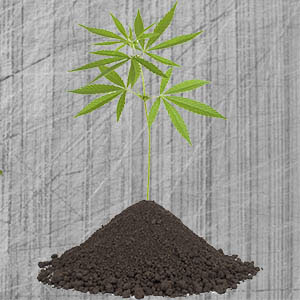
When the marijuana seed is opened, the first pair of small rounded leaves that appear are called "cotyledons" and the Seedling Stage begins. The newly hatched plant will remain in the Seedling stage until its true leaves grow. After the cotyledons open, the tiny Cannabis seedling begins to produce individual serrated leaflets. As the plant grows, new leaves with more leaflets begin to develop until the plant produces the serrated-edged digitate leaves that we identify as Cannabis leaves. When these "true" leaves appear (as opposed to cotyledons), the plant enters the vegetative stage.
Recommended Fertilizers
Complementary products
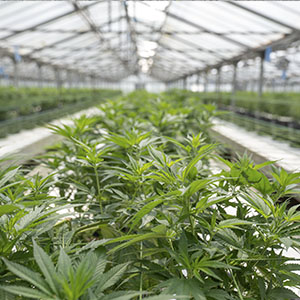
The vegetative stage of cannabis is where the plant's growth really takes off. At this point, it is transplanted to a larger pot and the roots and foliage develop rapidly.
It is important to increase watering as the plant develops. At first, the plant will need water close to the stem, but as it grows, the roots will also grow outward, so water farther away from the stem in the soil so the roots can stretch and absorb water more efficiently.
At this stage the plants appreciate a healthy soil with nutrients, being necessary a higher level of nitrogen in this period thanks to Doctor Leaf Growth.
Recommended Fertilizers
Complementary products
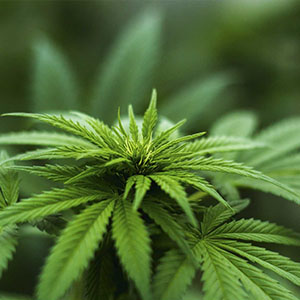
When the white pistils (hairs) begin to show through the nodal areas, pre-flowering has begun. This is the time when indoor growers should change the light cycle to 12-12, to signal to the plants that the fall season has begun and it is time to develop their flowers. During the pre-flowering stage, more pistils and larger calyxes develop at the nodes, leading to the next stage.
Recommended Fertilizers
Complementary products
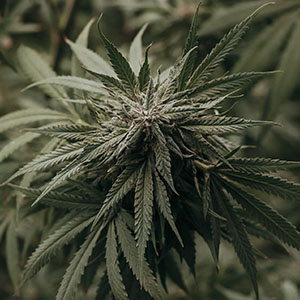
At this stage the calyxes increase in size and the pistils get longer and longer. The buds resemble round balls with white spines. At this stage, the plants continue to grow and stretch significantly depending on the genetics of the strain. At this stage, the buds need a little more phosphorus and potassium. The bud zones then join together to form an elongated cluster of green calyxes with white pistils. During this stage, the plants should receive an increased amount of P-K (DOCTOR LEAF BLOOM), as their buds will increase considerably in size. At this point, the plants stop growing and concentrate most of their energy on bud formation. The trichomes are starting to take shape and develop cannabinoids and terpenes.
Recommended Fertilizers
Complementary products
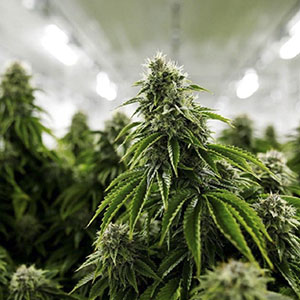
This is the last stage of flowering, where the buds are quite large, dense and heavy, and the white pistils begin to curl and turn yellow, orange and finally brown. The trichomes turn from transparent to a cloudy, milky color. If left to mature longer, some trichomes will turn amber.
1 or 2 weeks before harvesting the plants it is necessary to eliminate the fertilization process, as they are not desirable for consumption. This is usually done by soaking the soil with clean, pH-regulated water, which will allow the plant to use all the accumulated nutrients. After root flushing, the leaves will turn yellow and begin to fall off; which is a good sign. When the buds are fully ripe, it is time to harvest, as this marks the end of the flowering phase.
Recommended Fertilizers
Complementary products
